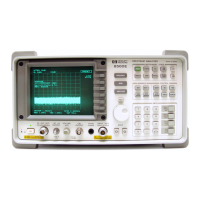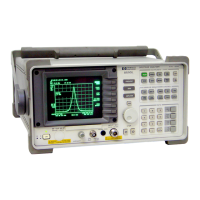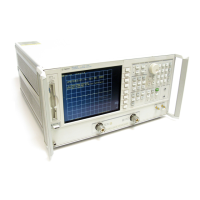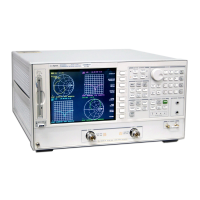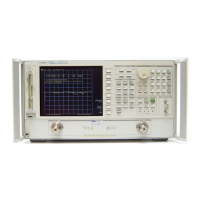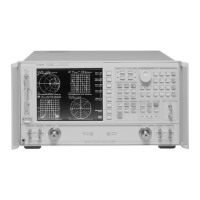How to Modulate a Signal Tunable Lasers
Agilent 8163A/B, 8164A/B & 8166A/B Mainframes, Sixth Edition 147
External Digital Modulation using Input Trigger
Connector
External digital modulation uses a TTL-level signal. Apply this signal to the
Input Trigger connector on the rear panel of your mainframe. For
information on external digital modulation, see “External Digital
Modulation” on page 144.
To enable external digital modulation using the Input Trigger Connector:
1 Move to the Tunable Laser channel and press [Details].
2 Move to [Mod Src] and press Enter.
3 Move to <Backplane>, by using the cursor key, and press Enter. The text Back
appears in the Tunable Laser channel.
External Digital Modulation Using Trigger Feedback
The trigger for External Digital Modulation can be provided by another
module in the same mainframe by using the Trigger Feedback
configuration as described on page 71. This can be used to synchronize the
modulation of several sources. To use synchronized modulation:
A maximum of 5 V can be applied as an external voltage to the Input
Trigger connector, see page 310.
Take care not to use the Trigger Output connector or the Remote Interlock
connector for modulation. Do not apply an external voltage to these
connectors.
CAUTION
If external digital modulation using the Input Trigger Connector,
<Backplane>, is chosen as the modulation source, [Mod Src], the
Agilent 81689A Tunable Laser module behaves differently from all other
modules. If the duty cycle varies:
If external digital modulation, <backplane>, is chosen for the DFB or Fabry-
Perot Laser modules, the applied triggering should have a 50% duty cycle
and a frequency of 200 Hz - 100 kHz.
• the average power of the output signal of the Agilent 81689A Tunable Laser
module varies in proportion with the change in duty cycle, while,
• the power of the output signal of all other modules adjusts so that the average
power of the output signal is always 50% of the set power.
NOTE
NOTE
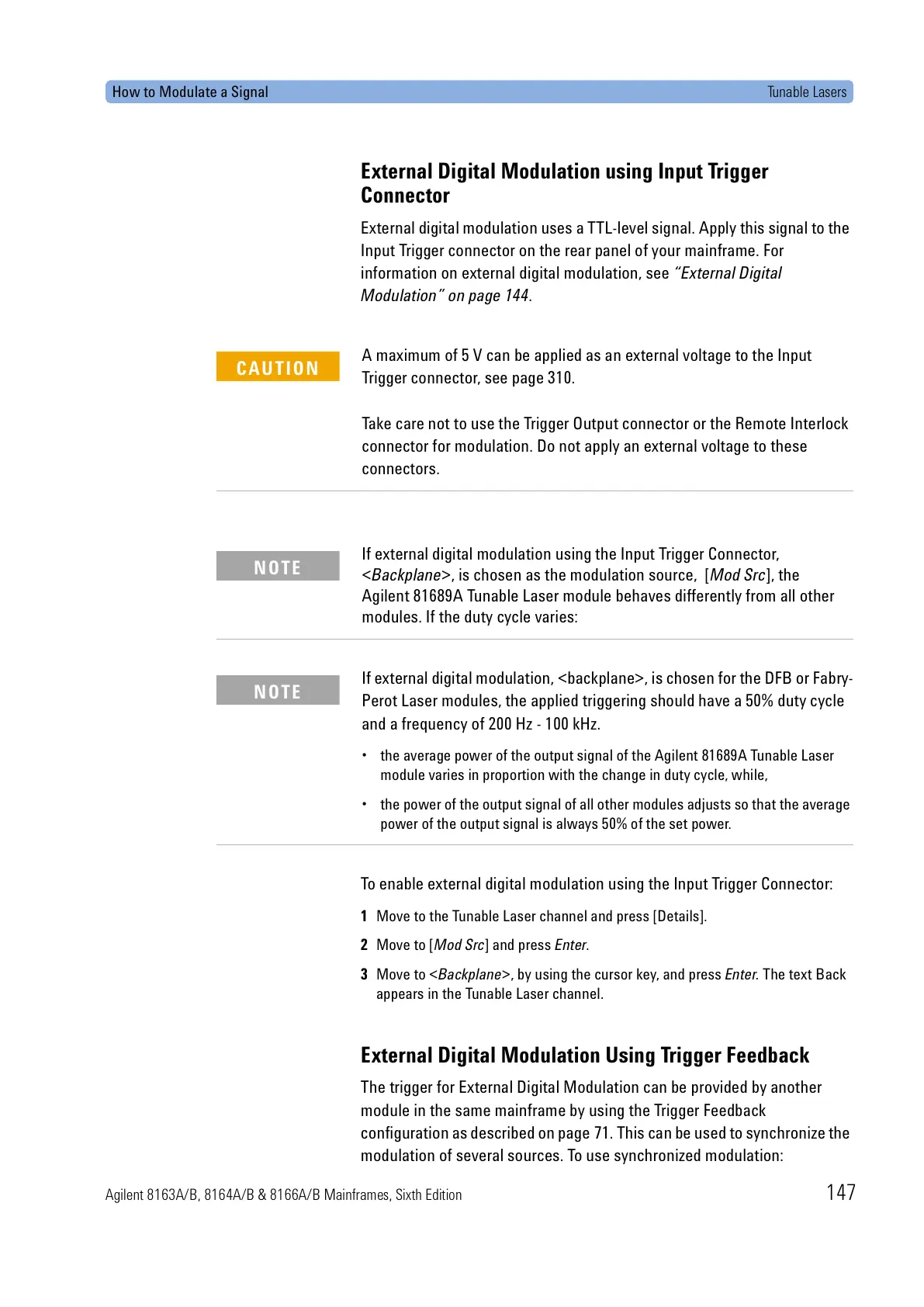